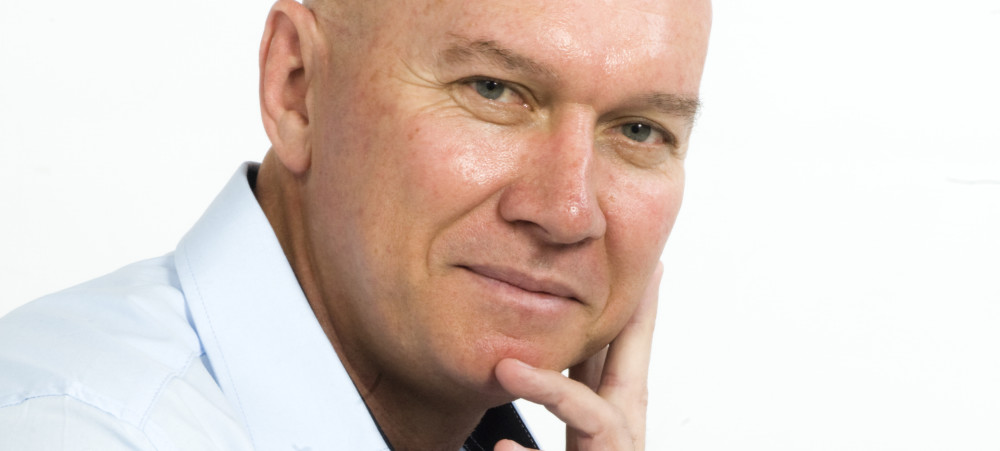Borrowing more than 100% on a home loan, also known as a no-deposit or high LTV (Loan-to-Value Ratio) loan, may appear attractive to South African homebuyers seeking to reduce initial expenses. However, this approach carries substantial risks and financial consequences that should not be underestimated.
The more you lend the more you pay…
The lender makes money by charging interest over time. If you can’t comfortably afford the repayments then you are borrowing too much. In the case of a car when you opt for a balloon payment at the end of the term you probably have over extended your purchase by that amount.
Home loans are no different…
Taking out a loan exceeding the property’s value not only increases the risk of negative equity if property prices fall but also leads to higher interest payments over the loan term. For instance, consider a R500,000 property where you borrow 100% of the value at an interest rate of 9%:
– Over 20 years, your monthly repayment would be around R4,533. (Total repayments R1 087 920). – Double the loan.
– Over 30 years, your monthly repayment would be approximately R4,026. (Total repayments R1 449 360). Triple the loan.
Do your home work
Extending the loan period from 20 to 30 years reduces the monthly installment but results in significantly higher interest payments in the long run. Before opting for a high LTV loan, carefully assess the long-term financial implications to ensure you can comfortably manage repayments and shield yourself from potential financial stress in the future.
